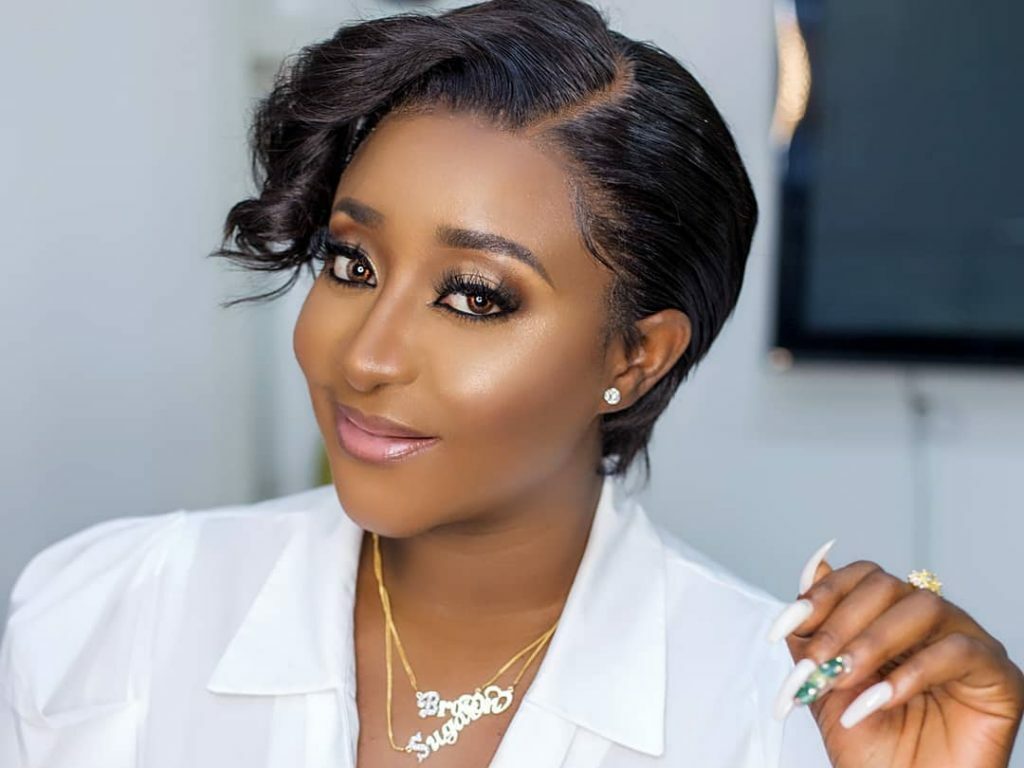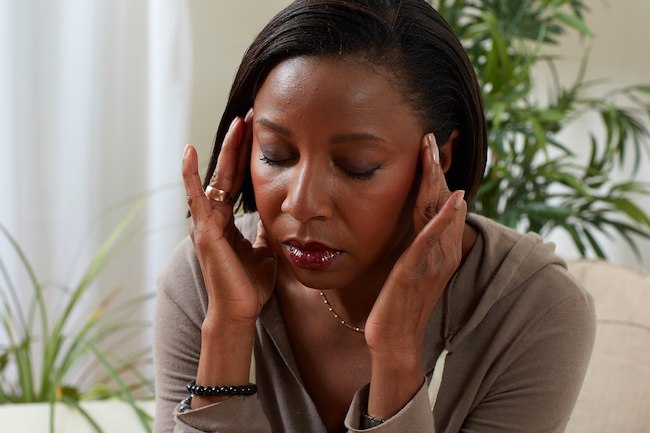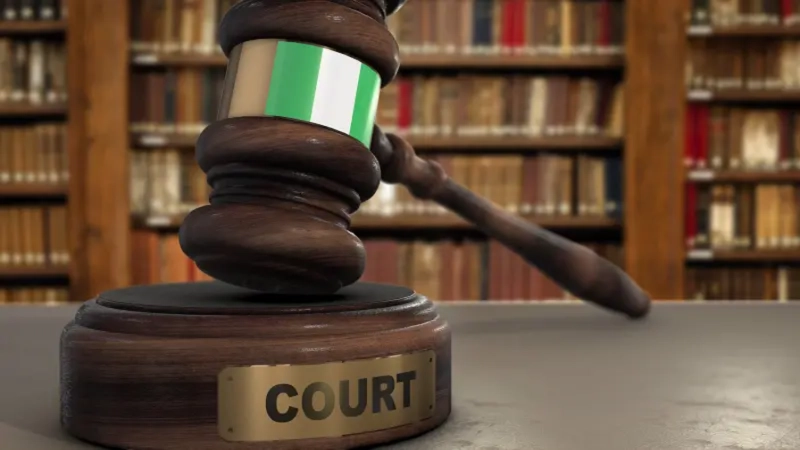WeBMD
Get in Tune With Yourself
Lots of things about your period — like how often you get it, how long it lasts, and how heavy your flow is — can be different for every woman. Some of them can offer clues to what’s going on in your body. (But when you use a hormonal method of birth control or an IUD, you can’t rely on your period to tell you as much.) Pay attention to what’s normal and healthy for you so you can pick up on early signs of trouble.
About a third of women complain to their gynecologist about it. “Heavy” means changing your tampon or pad every hour or so or during the night, having periods that last for more than a week, or passing blood clots bigger than a quarter. Problems with your reproductive organs or hormones, an infection like pelvic inflammatory disease, some blood disorders, blood-thinning medicines (including aspirin), or a copper IUD are possible causes.
When you lose blood through heavy periods, you’re losing red blood cells, and that can lead to iron-deficiency anemia. One study found 5% of women of childbearing age are affected. If you’re short of breath, feeling weak and fatigued, look pale, and have a rapid heartbeat, too, let your doctor know. A simple blood test can tell you if you need treatment.
Missed Periods
The most common cause is pregnancy, but stress, a hormone imbalance, being underweight, scar tissue, and some meds can also stop periods. If you’ve skipped three in a row, see your doctor. Other symptoms you have will help them figure out what’s going on. For example, extra hair growth, acne, and trouble controlling your weight, too, suggest polycystic ovary syndrome. And it’s not unusual to be irregular when you’re close to menopause.
Early Periods
Getting your period as often as every 3 weeks could still be normal. It may take a couple of years after your first period to settle into a schedule — anywhere from 24 to 38 days. More exercise, weight loss, and stress can change your cycle, too. If your periods start less than 24 days apart, check with your doctor.
Bleeding Between Periods
Growths in and around your uterus (such as endometriosis, fibroids, or polyps), problems with your hormones or the type of birth control pill you’re using, and STDs (including chlamydia and gonorrhea) can be responsible for blood showing up during the off-season. Some women will even spot a little bit 10-14 days after they get pregnant. Since it could be so many things, you should talk to your doctor.
Blood Color
Fresh blood at the beginning of your period is usually bright red. A heavy flow could be darker, especially with clots. Rusty brown blood is older; what you’ll typically see toward the end of the week because the air has had a chance to react with it. Pinkish is probably just a light period.
Cramps
More than half of menstruating women hurt in their low belly, thighs, or back for a day or two every month, just before or as the bleeding starts. Some women also feel queasy and tired or have diarrhea. Blame cramps (or primary dysmenorrhea) on the muscle contractions of your uterus as it tightens and relaxes to get rid of the lining. Fortunately, these tend to get better as you get older, and they may stop after you have a baby.
Other Cramps
Some cramps start earlier in your cycle and last longer. And you generally don’t feel sick in any other way because of them. These aren’t normal. The lining of your uterus may be growing where it shouldn’t (endometriosis or adenomyosis), you may have fibroids (noncancerous growths in your uterus), or you could have pelvic inflammatory disease, a serious infection that can lead to infertility and long-term pain.
Problems in the Bathroom
Does it hurt when you pee or poop, or do you have diarrhea or constipation, while you’re on your period? These may be things that help point your doctor toward a diagnosis of endometriosis, especially when you have other symptoms, like heavy periods or bad cramps.
Regular Early Headaches
A headache around the start of your period every month could be related to the drop in your estrogen level or the release of prostaglandin. It’s called a menstrual migraine. You may not recognize it as a migraine because there’s no aura and it lasts longer than other types. Anti-inflammatory painkillers like mefenamic acid and naproxen may help prevent them. Or your doctor may want to try to keep your estrogen level steadier.
Bleeding After Menopause
That may be from uterine polyps. Younger women can get them, but they’re more common in women who aren’t having periods anymore. These growths are related to your estrogen level, so you may also get them if you’re taking tamoxifen for breast cancer. Polyps might become cancer, and endometrial cancer can cause heavy post-menopausal bleeding.







































Leave a comment